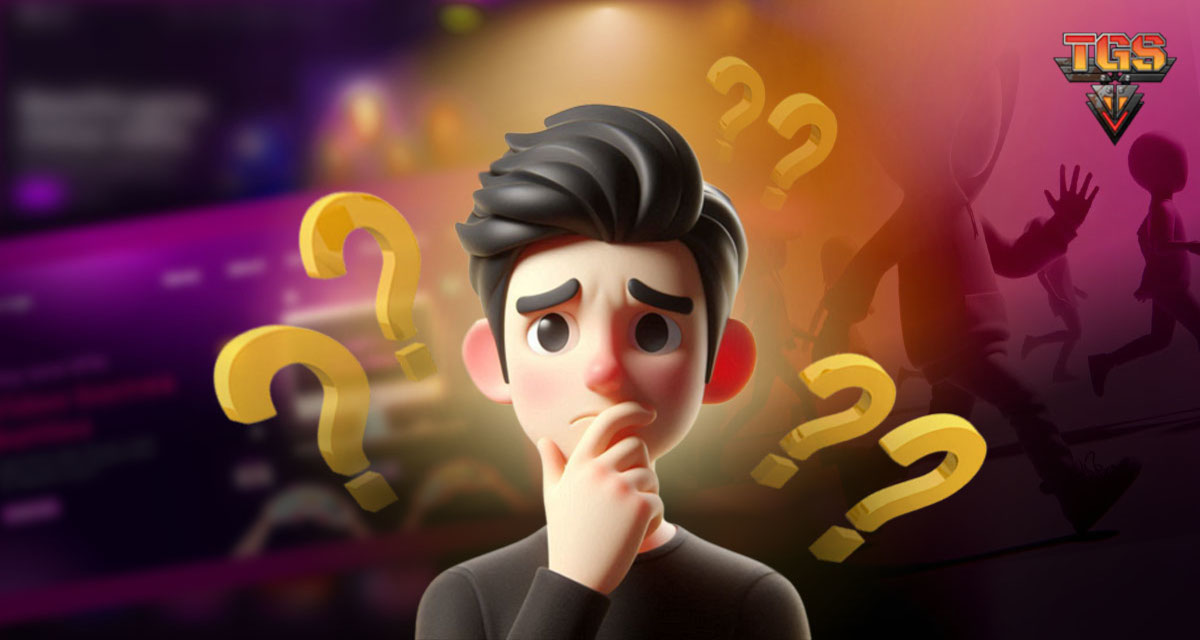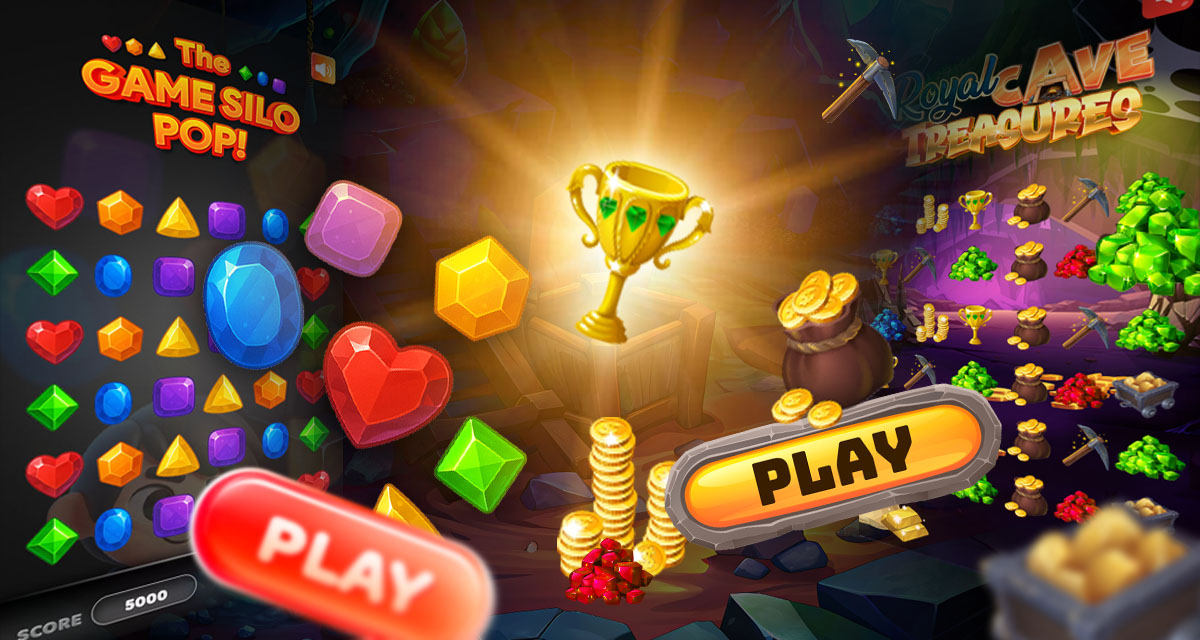
5 KPIs For A Successful Game
Read time approx: 9 minutesThe 5 KPIs For Measuring Success
How to measure the success of a game? Follow these five KPI's to make your game the success it deserves to be. Many people believe that big download numbers mean that their game has paved it's way to success, after all, installs show a great uptake in your product. Through time, though, the number drops, especially if paid promotions are used. Players usually try a game once and then move on! So the sales to download funnel works, that funnel is easy to fix with budget and marketing, but what should you measure for a healthy, long, engaged game to survive?
1. Retention
From the second a user downloads your game and plays it you should measure the initial dwell time. If your game has a walkthrough or tutorial, make sure the minimum time the user is on your app matches the progress needed. Maybe you have signals in the game that tell you the user has completed the initial stage. In this kind of situation, knowing the initial impression your game made helps define what stage of the initial game a user needs to be retained at.
Measure the Retention in terms of second visit and play length, if your game has appointment play, did the user turn up on time, did they dwell long enough to engage fully. Using your games play times as a benchmark, you can see who is doing the bare minimum to achieve a goal/objective and who is doing less or more.
What retention mechanics do you use to keep players coming back for more? Do you offer incentives and shortcuts, do you measure the uptake of these incentives too? Setting retention goals and KPI's helps you know if your product is played to the minimum required level, played excessively or just enough. The rule here is to know what is average, what are the game's objectives and where to add friction to induce a set function like buying a shortcut or coming back later to complete something. Building barriers to force return play dates, or retention.
2. Time Spent Reflects the Player Experience
Building on the Retention measurement, when playing a game, any user who enjoys it will forget the time they are on your game. However, if it is boring, they quit. The amount of time people spend on your game says a lot about their experience. Players consistently return and engage with your game, which indicates that they are deriving something meaningful from it. Players invest time, see results, and feel a certain level of reward for doing this. Often through mechanics like levels, achievements and collections. This experience, when positive, encourages players to keep playing for better returns.
3. Monetization Should Respect The Player
ARPU - the Average Revenue Per User is a common metric to see overall how valued your audience is. More often than not, people play long hours for rewards, we call this grinding. A few will actually make a financial commitment and pay for something. Usually this is in game items, shortcuts to bypass barriers like time needed for completion of an item or for upgraded status or power ups. We all know that games need to earn money, however the way to get monetisation to work is not by hard selling. In fact, if you offer entertainment to the level where the player is invested, then the sales is almost a given factor. Offering a purchase at the right time is seamless as the user already knows they need to pay to continue as all other options have been exhausted.
4. People and Community
Most of the games out there are suggested by friends, either in game with social tools and sharing, or by word of mouth. Many games rely on virality to increase exposure, a new download is available and the first person to know it is the cool person in their social group. So allowing users to keep up to date is paramount, as it allows them to be the voice of your product.
When players start leaving feedback, sharing game strategies and posting up achievements, this can all be an indication of success. You will be happy when the game that you have developed becomes the talk of the town or social group. In fact, building a community page around your game is one of the most powerful things that allows fans to join the discussion and feel like they are part of the club.
5. A Good Game Keeps Growing
Success does not come easily, and once you have got into the spotlight, you will need to maintain it. Time is needed to add new content, make new levels or whatever the game relies on, progress needs to be felt by users and if the top players reach the end of the game, plan for the second release. The initial momentum will tail off unless you keep feeding the crowd. So remember to have a plan to release new features, update content, add more length to the users journey and never stop monitoring progress.
Success is not all about the ratings on screen. You have a game that resonates with the crowd, so use that to leverage data and gain insights into likes and dislikes so you can improve the funnel while removing the friction points. At The Game Silo, we believe that the benchmark of a great game is what it means to people who play it. If your game keeps players coming back, ignites conversation, and encourages togetherness, then you are on the right track.

